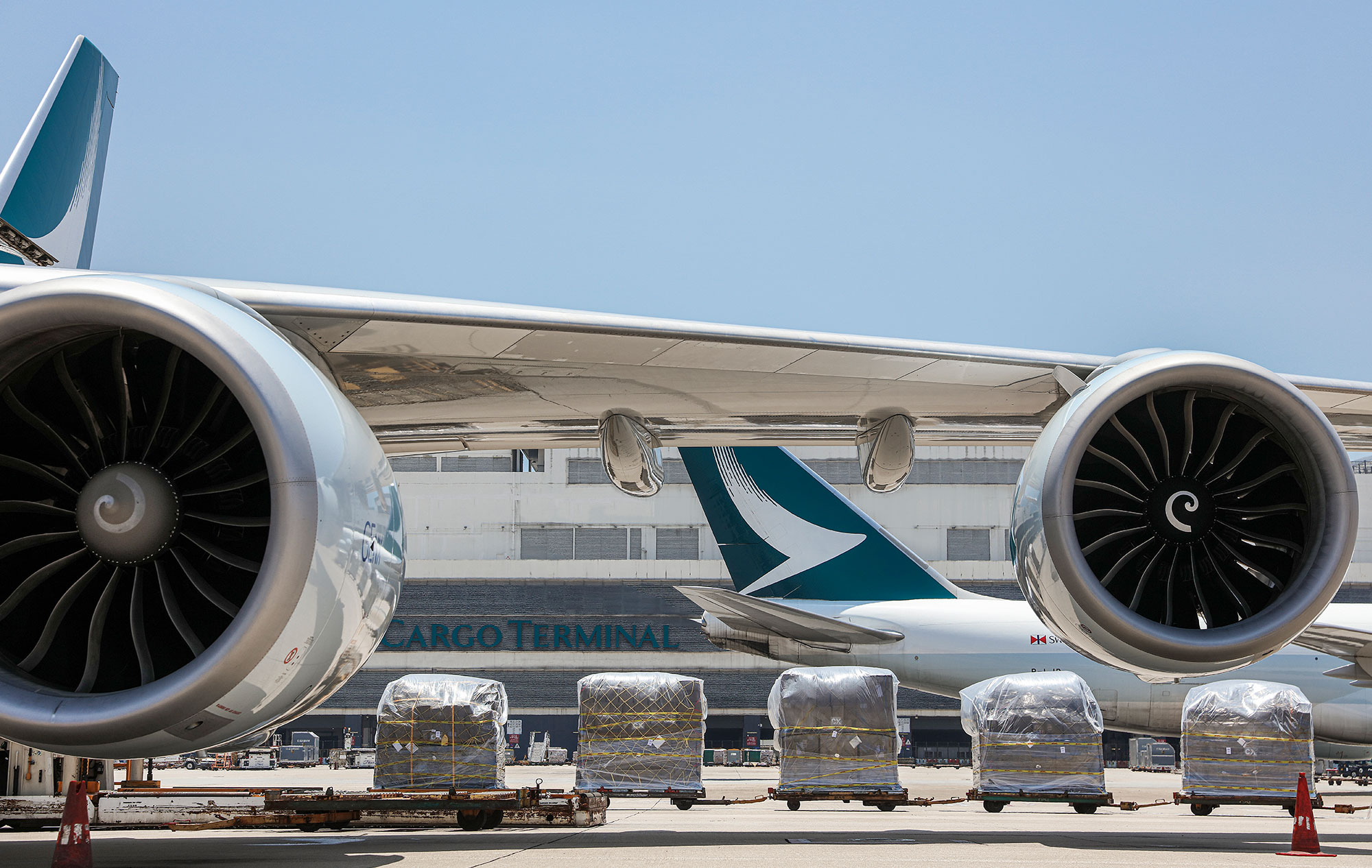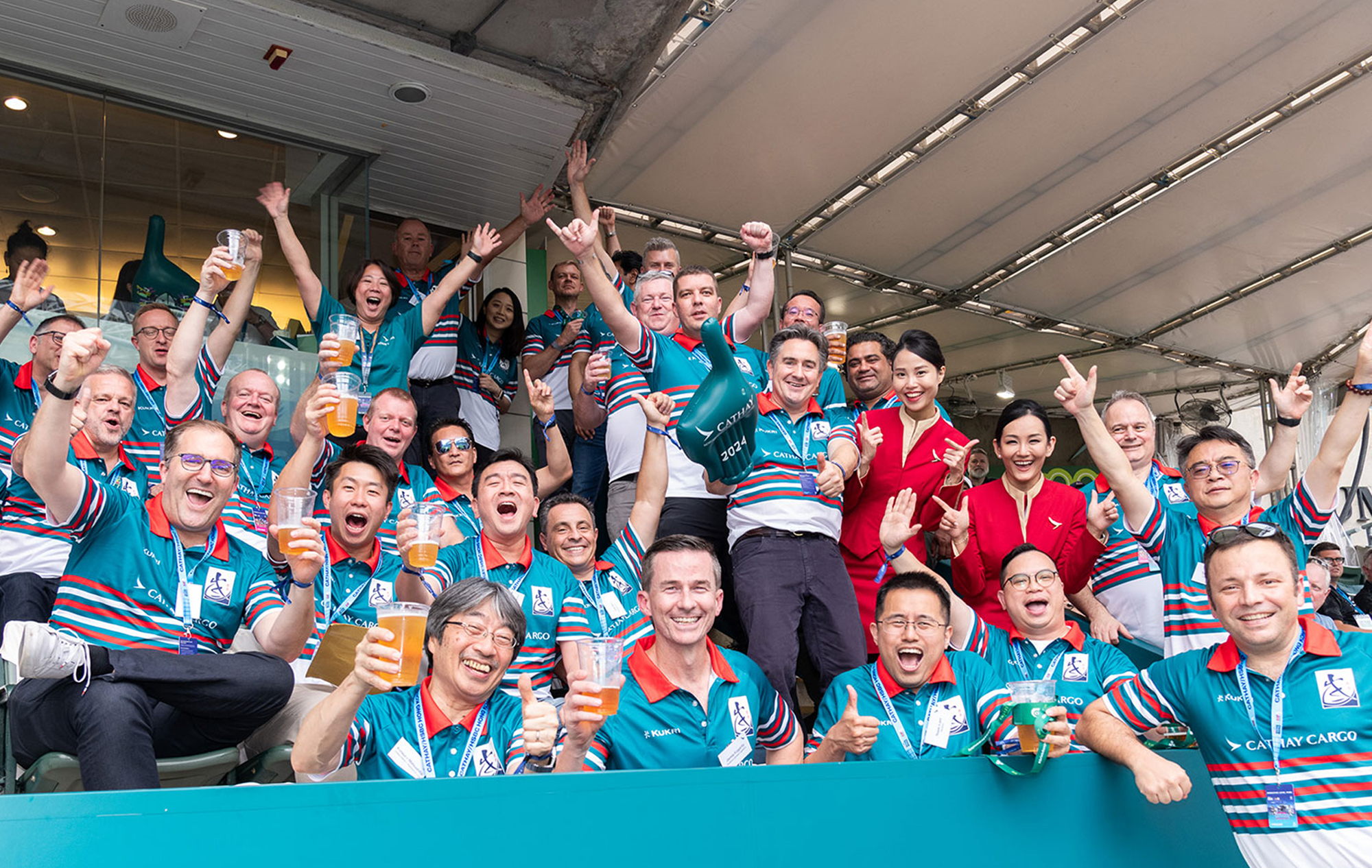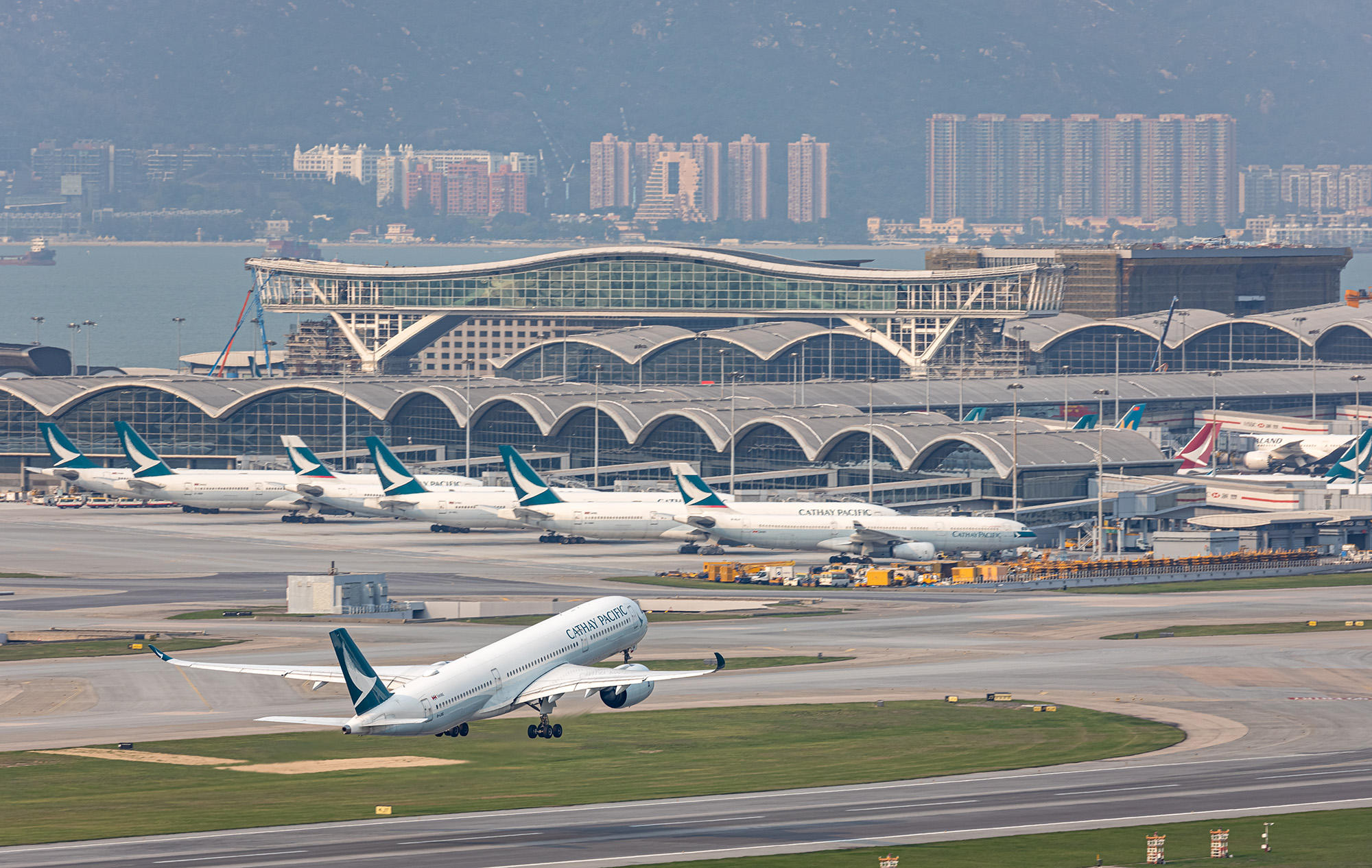
What does Linex do?
We provide comprehensive door-to-door logistics solutions to our e-commerce customers. Our backbone is Cathay Pacific’s line-haul capability, Linex’s global clearance and delivery solutions, and our strength in IT.
What are your main areas of business operation?
We are the global general sales agent for Cathay Pacific Cargo’s Courier Lift products.
Then there’s our job as a qualified China Post supplier for mail on Cathay Pacific services, our role as a third-party logistics supplier to e-commerce platforms, such as Amazon, along with a role as a franchisee in mainland China. Finally, we are a strategic partner of China Post and jointly develop non-post and hybrid products.
Why are the 3Cs – Chengdu, Chongqing and Zhengzhou – so important?
Zhengzhou is one of five centres approved by the government for cross-border e-commerce, along with Beijing, Shanghai, Hangzhou and Ningbo. Zhengzhou is the most important gateway to central China, a region with more than 130 million people. Cathay Pacific has strong connectivity there. Last but not least, Zhengzhou is the strategic node in China for the One Belt, One Road initiative. Foxconn has a huge plant in Zhengzhou.
Chongqing and Chengdu are two important gateways for south-west China. The two were approved by central government for e-commerce import and export. Hewlett-Packard and Dell have established regional centres there.
The focus has changed from big online retailers to deliveries between individuals. Has this affected your business?
Yes. Currently, the prevailing concept of e-commerce in China is based on the sharing economy and its Internet Plus initiative [which aims to integrate the Internet with traditional forms of commerce and industry]. Ebay and some other big platforms did not follow this trend. The sharing economy encourages individuals to participate in e-commerce and share the dividends. However, the competition among platforms means that logistics margins get squeezed. So, we understood that there are challenges in working with these platforms.
How have post services changed their business models to catch up?
In the past three or four years, the postal services of several countries, including China, designed a lot of non-post hybrid products, winning e-commerce customers with specialisation and outsourcing. The former focuses on postal clearance at destination and strengthens last-mile delivery capabilities. Outsourcing is about strategic line-haul services and forging alliances with major airlines to secure space and services.
Tell us about Amazon China’s Dragon Boat project
There are three parts: Fulfilment by Amazon (FBA) for US express customs clearance and delivery; FBA for Japan and Europe in terms of clearance and delivery; and our work with Cathay Pacific to be its line-haul supplier.
Why does Amazon China prefer a non-integrator?
Initially Amazon was not a player in international logistics. China FBA vendors sent their parcels to Amazon overseas warehouses using integrators. However, during the peak season, integrators’ systems were put under pressure by the huge volumes from China. The result was that the lead times were delayed by as much as 30 days, which had a negative impact on Amazon’s reputation.
I think the most important concern for Amazon right now is that it forges its own supply chain from end to end; it does not want any integrator to suffocate that process. This is a good opportunity for Cathay Pacific and Linex to jointly provide it with a comprehensive door-to-door solution.








